Death Rituals and Grief in Different Cultures
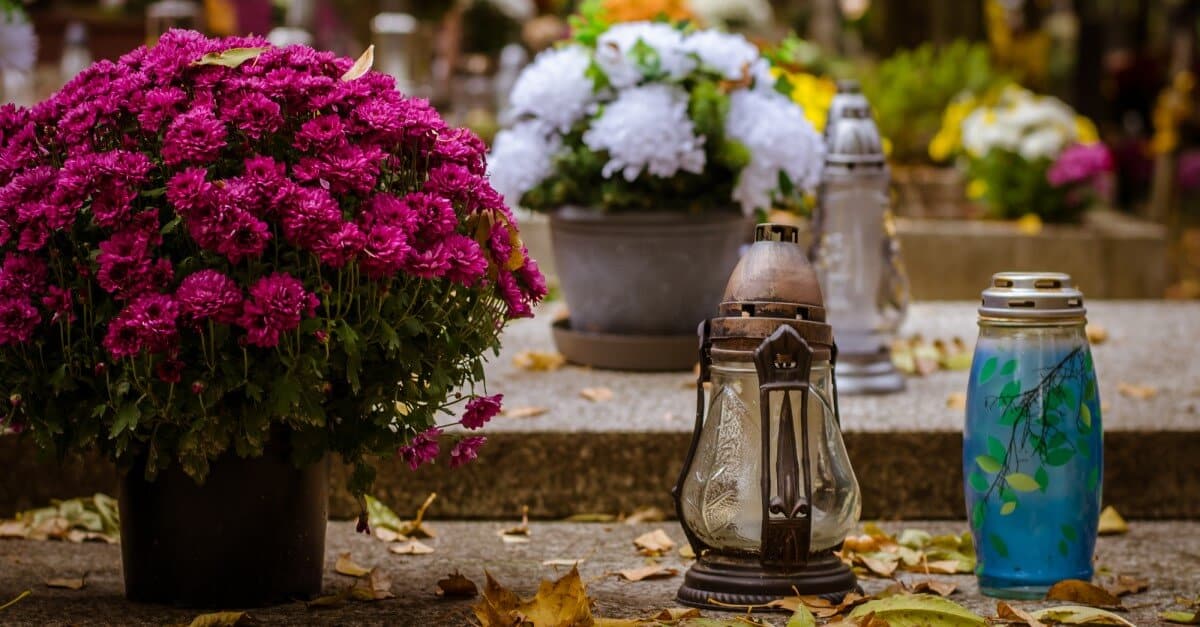
How can you help your friends and family members who are grieving? It might depend on your cultural and religious traditions. Read on for some insights on how people express grief in different cultures worldwide.
2020 has been an especially challenging year for many. We’ve experienced not only an uptick in deaths from COVID-19 but also the death of many jobs, dreams, and businesses.
Even in a “normal” year, grief is undoubtedly something that all of us will experience many times in our life. Whether it’s associated with a breakup, divorce, or death, we all process it differently, especially across different cultures and countries.
The rituals associated with mourning are a necessary step to facilitate the grieving process. Whether through silence or celebration, they can help people acknowledge what has occurred so they can move forward.
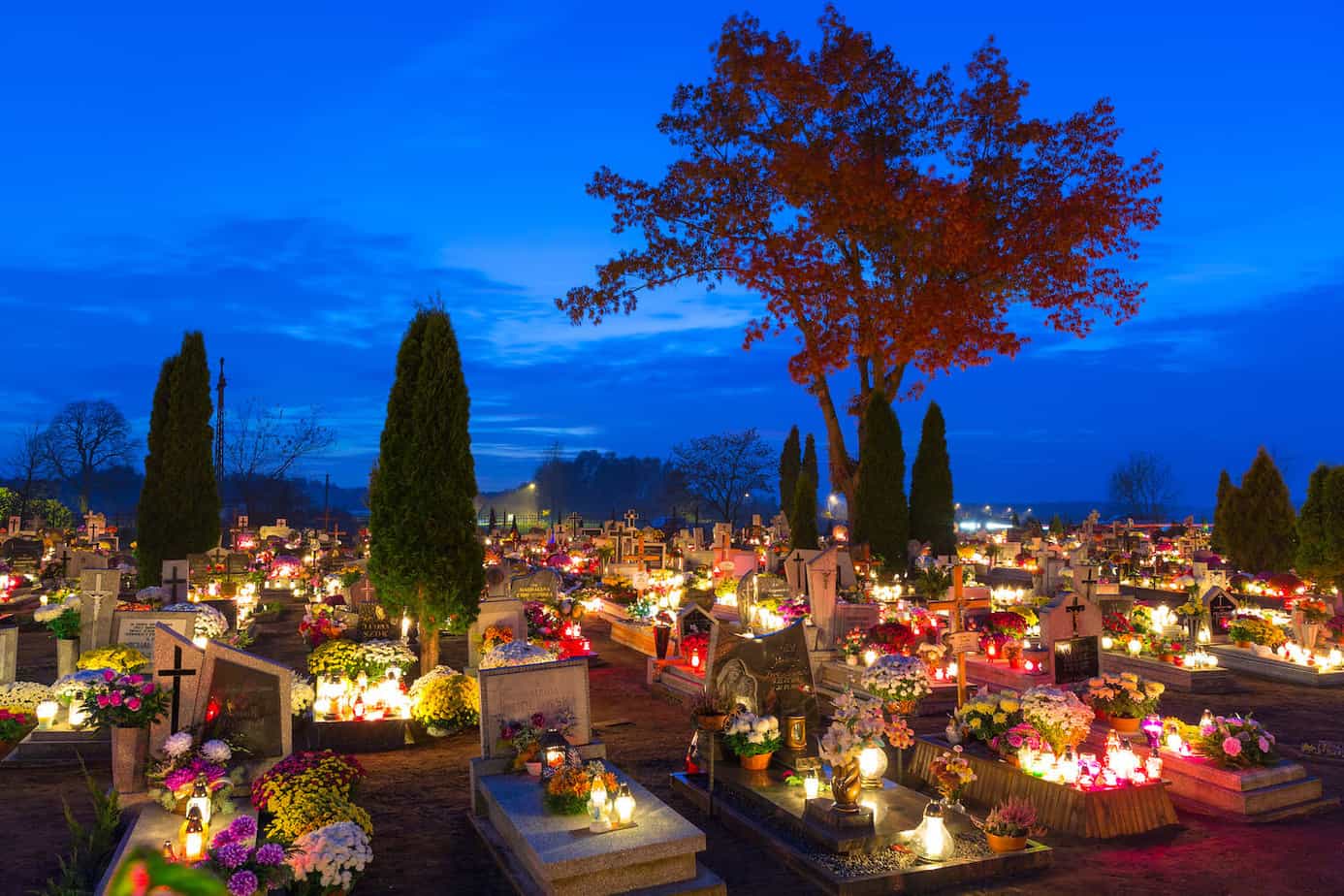
How People From Different Cultures Cope With Grief and Loss
Mourning is very individual for every person, and those who grieve might come up with personal traditions like saying prayers or lighting candles. However, there are some aspects we might not relate to. But knowing about rituals of grief in different cultures can help us find our own way to deal with death and also to support those around us who experienced a loss recently.
The following is a broad overview of how traditions worldwide. Keep in mind, within geographic regions, funeral traditions will vary dramatically based on the religious and cultural traditions of specific families.
1. Rituals in North America
In North America, many of the ways people mourn depend on their religious beliefs. It‘s quite common to hold a wake or funeral service for your loved one. This can involve a burial or putting cremated remains into their spot at a columbarium. Others sprinkle their loved ones’ ashes at a place of personal significance when the time comes or even keep them in an urn at their homes.
Some Americans have difficulty talking about death and grief. But the rise of mental health awareness over the past decade has helped change that dynamic, especially among the younger generation. The North American perception of death often depends more on their religious than cultural traditions.
In Native American traditions, for example, people express pain by crying and singing, as they consider the dead to be moving on to a new part of their journey. Those who believe in the afterlife often have a more positive perception of death, since rather than it being the end, it can be a new beginning.

2. Grief in South America
Catholicism has a significant influence in many parts of South America, so death rituals may involve a wake or mass. Many of these ceremonies function as a celebration. The priest and many family and friends in the community come together to honor their loved one. They consider grief as something to acknowledge and process.
In Argentina, for example, funerals can cost more than a wedding to bid a proper farewell to the deceased party. It’s not uncommon for mourners to give money to the deceased’s family to help offset the high costs of the celebration.
3. Mourning in Europe
Many Europeans are Christian, which means that they often use these practices when it comes to memorializing loved ones. In Germany, the attitude towards death is straightforward as it is seen as a natural part of life. Funerals in Italy are often filled with family members and neighbors and are a ritual of community life.
For European Jews and those practicing the Jewish faith worldwide, funerals usually occur close to the time of death. Instead of flowers on the headstones, people will place stones instead, as stones will never die.
4. East Asian Rituals of Grief
In Western society, the color of mourning is usually black, but in many Asian cultures, it’s white. So it’s not uncommon for friends to give the grieving family white envelopes of money (in contrast to red envelopes for the Spring Festival or a wedding).
In Japan, funeral rites are generally a combination of Buddhist and Shinto traditions. The bereaved clean the body of the deceased and prepare their favorite foods as an offering.
In Chinese cultures and others with a strong Confucian tradition, if the deceased is over 80, it’s considered good luck so that mourners can wear pink or red, in addition to the more traditional black or white. Mourners will often make offerings and burn joss sticks as a sign of respect for those who have departed. But participants must conduct grief rituals correctly, or it can mean bad luck.
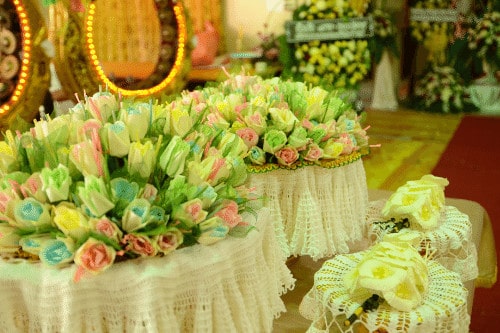
5. Grief Rituals in South Asia
The majority of people in South Asia believe in an afterlife, so they view death as another part of the journey. Like in East Asia, typical colors of mourning include white and black, but definitely not red. Friends usually come by or call to express condolences as soon as they hear the news about the deceased. They’ll also bring gifts of fruit or flowers.
For Hindus and Buddhists, cremations are common, since they consider the body to be secondary to the spirit. Muslims, in contrast, want to preserve the body for the afterlife.
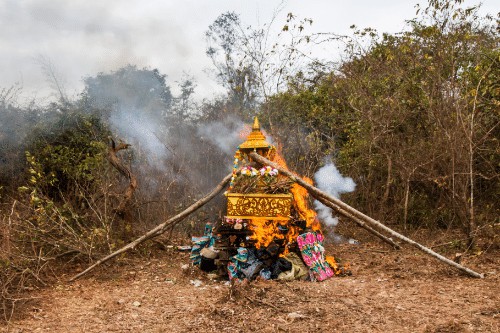
6. Grief and Mourning in Africa
In the northern African countries, where there’s a strong Islamic influence, families tend to bury the dead as quickly as possible. So they usually won’t have a viewing or open casket. They will also not cremate or perform an autopsy unless absolutely necessary, in order to prepare the body for the afterlife. For up to forty days after the death, family and friends of the deceased will bring the family flowers and food.
In Sub-Saharan Africa, the traditions will vary based on the specific region and cultural practices. Some of these rituals can include mourners covering mirrors in the home and removing the deceased person’s bed. Because the person will become an ancestor, the body is taken feet first from the house. The body then goes on a strange path to burial, so they will not be able to return home.
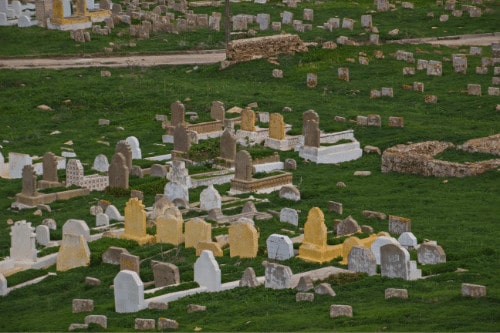
Which Cultures Celebrate Death?
Many cultures may deal with death through stages of grief. However, there are many places around the world where someone’s life and death are cause for a celebration.
In Mexico and South America, the Day of the Dead offers each mourner the opportunity to reconnect and honor loved ones. The Hungry Ghost Festival in China involves rituals like preparing food to feed the ghost of deceased family members to stay protected. But it is also a time to give thanks and honor one’s ancestors after they’ve passed on. In South Africa, an After Tears Party takes place to share memories of the deceased and celebrate their life. As death is a part of life, emotion can take on a celebratory element.
A Time to Mourn
In different cultures and countries, people choose to mourn very differently. But there are many commonalities that unite us worldwide. Sending tangible gifts, lighting candles, and just calling to express regret or have a good cry are common throughout most of our cultural and religious traditions. Regardless of background, expressing grief can help us to process loss in meaningful ways.
Do you have any experiences with grief in other cultures? In whatever way people express grief, it can offer peace and build resilience in a time of mourning.





